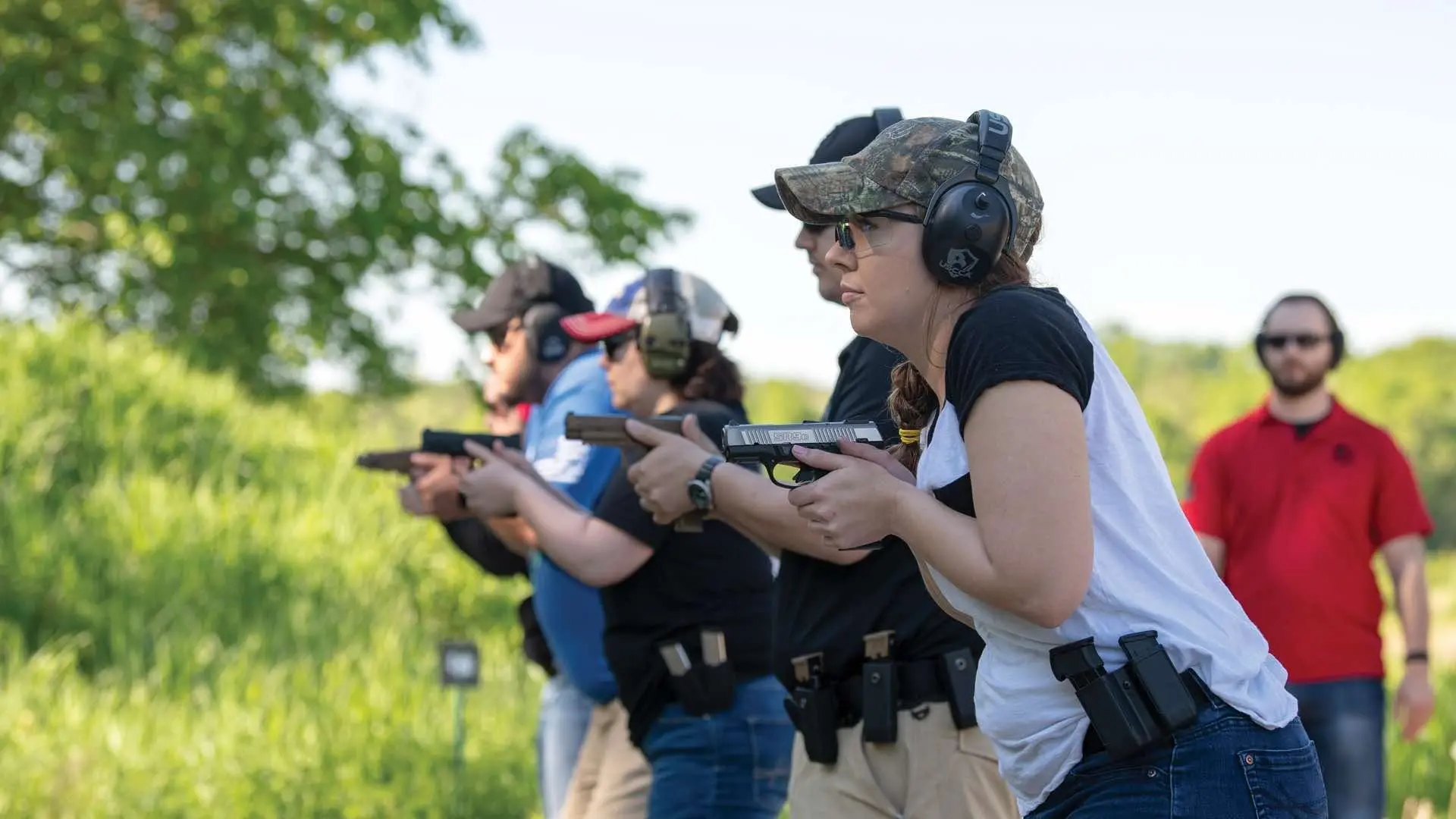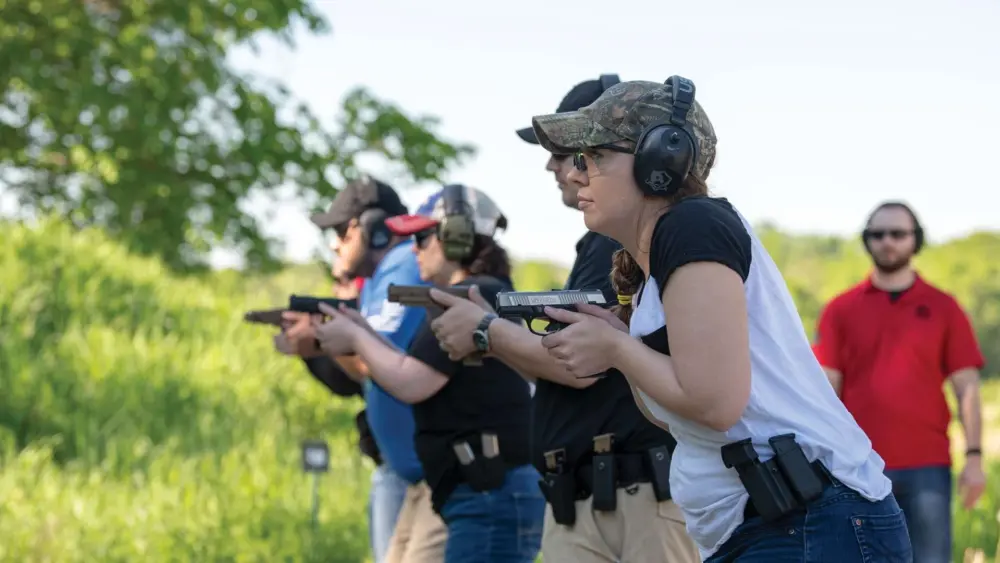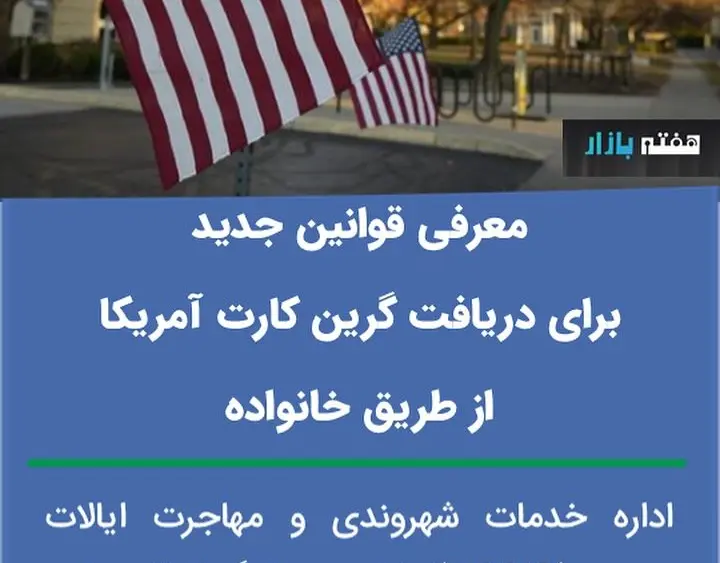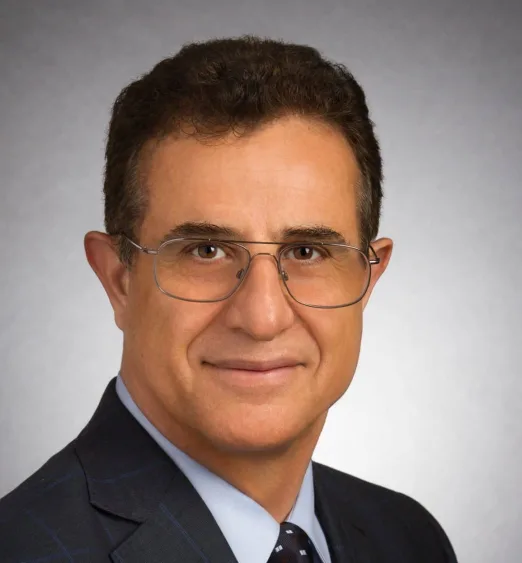
Many Iranian Americans deeply understand the value of freedom and individual rights.They experience a set of freedoms and fundamental rights in the United States that may be new to them.
One of these foundational rights in America is the right to keep and
bear arms, guaranteed by the Second Amendment of the United States Constitution. This article explains why firearm ownership and training are crucial for Iranian Americans.
It reviews the historical and legal background of the Second Amendment
and its benefits, especially as a safeguard. We also compare what might have happened if Iranians possessed such a right, highligting the importance of firearm
ownership for personal safety in a country where many others are armed.
Finally we explain why merely owning a firearm is insufficient without continuous training, drawing a parallel between owing a gun and owing a guitar without knowing how to play it.
The Second Amendment: A Stronghold Against Tyranny
The Second Amendment to the United States Constitution, ratified in 1791 as part of the Bill of Rights, states,
“A well-regulated militia, being necessary to the security of a free state, the right of the people to keep and bear arms, shall not be infringed”.
The founders of the United States established this principle to protect freedom against any form of authoritarian government.
Having just escaped the oppressive rule of the British Empire;
they understood that ordinary people needed the means to defend their rights through armed resistance if necessary. An armed society acts as a strong check on the ambitions of tyrannical rulers and ensures that citizens can, if required, resist oppression by force. This philosophy lies at the heart of the American legal and political system, where ;ultimate power lies in the hands of the people, not the government."
Should a government forget this fundamental principle, an armed populace retains the practical ability to oppose it. 1
This issue is not merely theoretical or historical. Harsh global experiences have validated this principle. In the 20th century, governments that monopolized weapons and force committed mass atrocities against their unarmed populations. It is estimated that approximately 200 million people were massacred by authoritarian regimes that
had disarmed their people. This horrifying statistic is a stark reminder of the risks that arise when a population is entirely disarmed. Although the U.S. founders also instituted separation of powers and other legal mechanisms to limit governmental authority, without the right to keep and bear arms, people would effectively lose their last means
of defending their other rights. 1
Indeed, “this right (to bear arms) is never granted by governments that fear their people.” 1 This wise statement, taken from a 19th-century textbook, illustrates that
regimes afraid of their citizens first move to disarm them.
The founders of the United States, by contrast, established a government that does not fear its
armed citizens but rather acknowledges that true power resides with the people themselves. That is
why they enshrined the Second Amendment as a safeguard for all other freedoms, ensuring
that ordinary people would have the practical means to defend their liberties. This legal
right has been repeatedly debated and interpreted throughout U.S. history and has also
been affirmed by the American judiciary in modern times. For example, in 2008, the
U.S. Supreme Court in the landmark case District of Columbia v. Heller ruled that the
Second Amendment protects an individual right to own and carry firearms for lawful
purposes, such as self-defense in one’s home. Thus, the American legal framework is
built on trust in the people and their ability to defend themselves and their nation. 2
The Need for Firearms in the United States for Personal Security and Deterrence
The United States is a country where firearms are widespread among civilians.
According to estimates, there are over 393 million firearms owned by U.S. civilians,
exceeding the nation’s population. In 2018, the estimated firearm ownership rate was
about 120 guns per 100 people, the highest in the world. Approximately 42% of
American households own at least one firearm.
For Iranian Americans, these figures convey two important messages: First, firearm
ownership is common and socially accepted. Second, in a country with such
widespread gun ownership, personal security may be affected, and unarmed individuals
may be more vulnerable to potential dangers.
Research in the United States consistently shows that citizens frequently use firearms
for lawful self-defense. According to a 2013 CDC report, between 500,000 to 3 million
defensive uses of firearms occur annually. A 2021 national survey estimated about 1.6
million defensive gun uses per year.
Firearm ownership not only enables self-defense but also serves as a deterrent.
Criminals, aware that potential victims might be armed, often hesitate or abandon their
criminal intentions. As Thomas Jefferson, quoting an Italian criminologist, noted: "Laws
that forbid the carrying of arms disarm only those who are neither inclined nor
determined to commit crimes… Such laws make things worse for the assaulted and
better for the assailants."
In the U.S., in states with more permissive concealed carry laws, many citizens legally
carry firearms, creating collective security since criminals do not know who might be
armed. Numerous real-life cases exist of armed citizens stopping criminal acts,
including defending church congregations, preventing mass shootings in malls, and
safeguarding neighborhoods during civil unrest, such as the 1992 Los Angeles riots.
Owning a Firearm Is Not Enough: Training and Regular Practice Are Essential
A common misconception is that merely owning a firearm guarantees security. However,
without proper use, a firearm may pose a greater danger to its owner than to any
potential assailant. Owning a gun without regular training is like owning a guitar without
knowing how to play it.
In the U.S., extensive infrastructure exists for firearm safety and shooting instruction.
Safety courses, practical shooting classes at firing ranges, and theoretical training on
self-defense laws are widely available. Organizations like the National Rifle Association
(NRA) and experienced local instructors offer various programs teaching beginners how
to safely store, carry, and use firearms, and make critical decisions in emergencies.
Regular practice is equally important. Shooting is a perishable skill that requires
ongoing reinforcement. Even skilled marksmen maintain their abilities through periodic
training. Firearm owners are advised to visit shooting ranges several times a year and
practice defensive scenarios.
Proper training also instills confidence and familiarizes owners with their capabilities and
limitations. A 2015 national survey found that about 61% of American gun owners had
received formal firearm training.
In American culture, learning to shoot is part of preparing to protect oneself and one’s
family. Families in some areas even take their teenage children to shooting ranges to
teach them safety and proficiency. Iranian Americans should likewise invest time and
resources in learning and practicing rather than simply purchasing a firearm and leaving
it unused.
The ultimate goal of training is to prevent the improper or unlawful use of firearms.
Trained individuals know when to draw their weapon and when to avoid confrontation.
Proper education teaches that the first option is rarely to shoot but to assess the
situation, issue warnings, take cover, and shoot only if absolutely necessary.
Conclusion
In the U.S., where both law-abiding citizens and criminals possess firearms, personal
security is an active choice. Responsible and lawful firearm ownership, coupled with
training, empowers individuals to safeguard their lives and freedoms. With rights come
responsibilities, and a firearm in trained hands can ensure safety and liberty, while in
untrained hands, it can lead to disaster.
Fortunately, American society provides ample opportunities for safe and responsible
use of this right, from training courses to practice facilities and legal resources.
As the saying goes: Owning a gun is a right, but using it effectively is a skill. By
exercising this right and gaining the necessary skills, Iranian Americans can achieve
peace of mind and personal security in daily life and contribute to preserving freedom
and preventing future infringements on their rights.
About the Author
Ray Alipanah is the founder of A2 Firearms and A2 Defense. He is a certified instructor
with the National Rifle Association of America (NRA) and the United States Concealed
Carry Association (USCCA). With over 25 years of experience as an instructor,
weapons expert, and self-defense specialist, he has dedicated his career to
empowering individuals through responsible firearm ownership and training. Ray also
holds a second-degree black belt and integrates martial discipline into his defense
training philosophy.
At A2 Defense, Ray offers courses in both Farsi and English languages, tailored for
students at all levels—from beginners with no prior firearm experience to advanced and
expert-level shooters seeking to refine their skills.
Sources
1. Heritage Foundation – “How Does an Armed People Secure a Free State?”
2. Cornell Law School – Summary of District of Columbia v. Heller (2008)
3. Washington Post – “There are more guns than people in the United States”
4. Heritage Foundation – Essential Second Amendment
5. National Academies Press – “Priorities for Research to Reduce the Threat of
Firearm-Related Violence”
6. Wikipedia – West Freeway Church of Christ shooting
7-10. Wikipedia – Greenwood Park Mall shooting
8. Wikipedia – “Rooftop Koreans”
9. NRA-ILA – “Gun Safety”
10. US Department of Justice Office of Justice Programs – Practicing Gun Safety Can
Reduce Gun-Related Accidents
11. RAND Corporation – “Firearm Safety Training”






